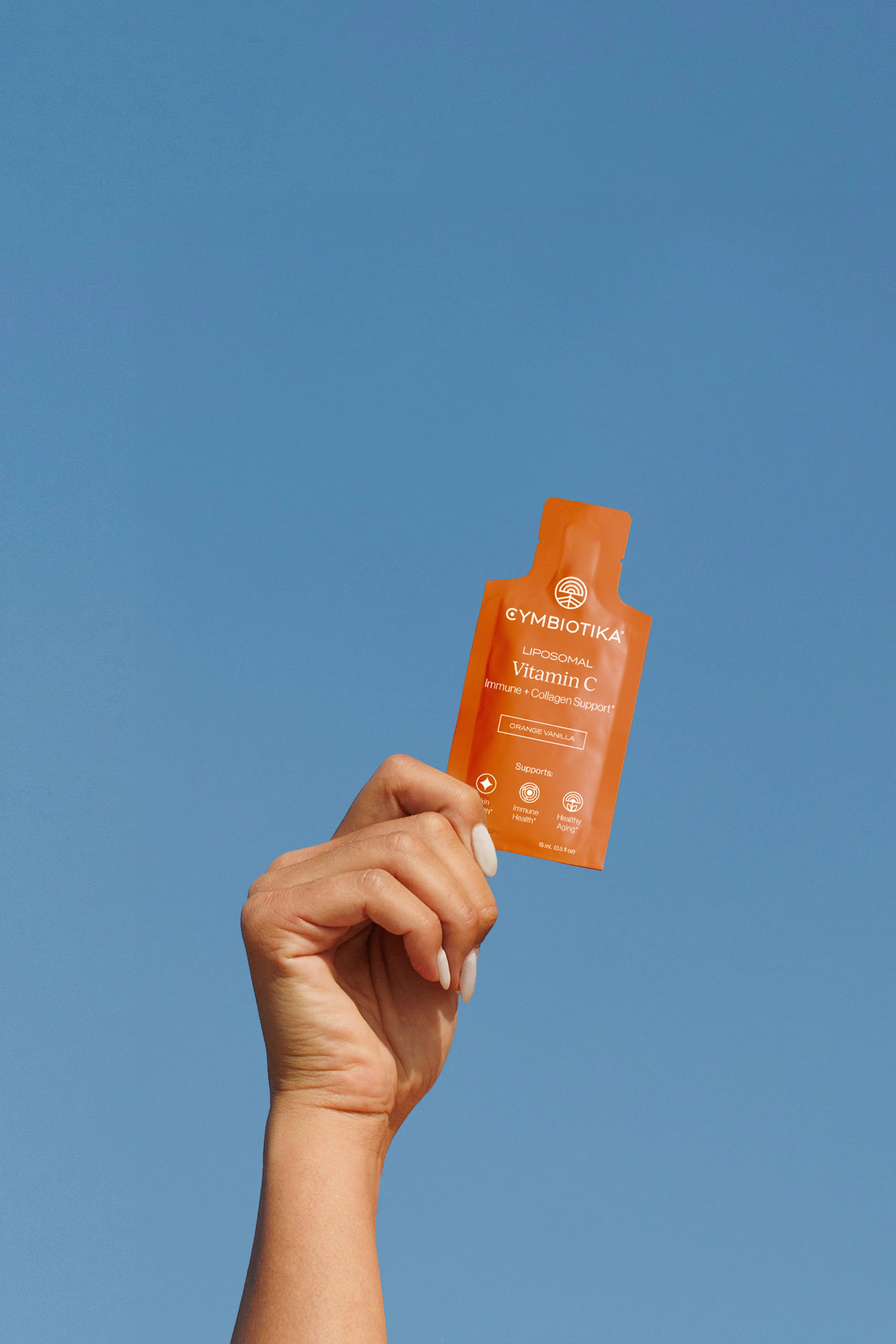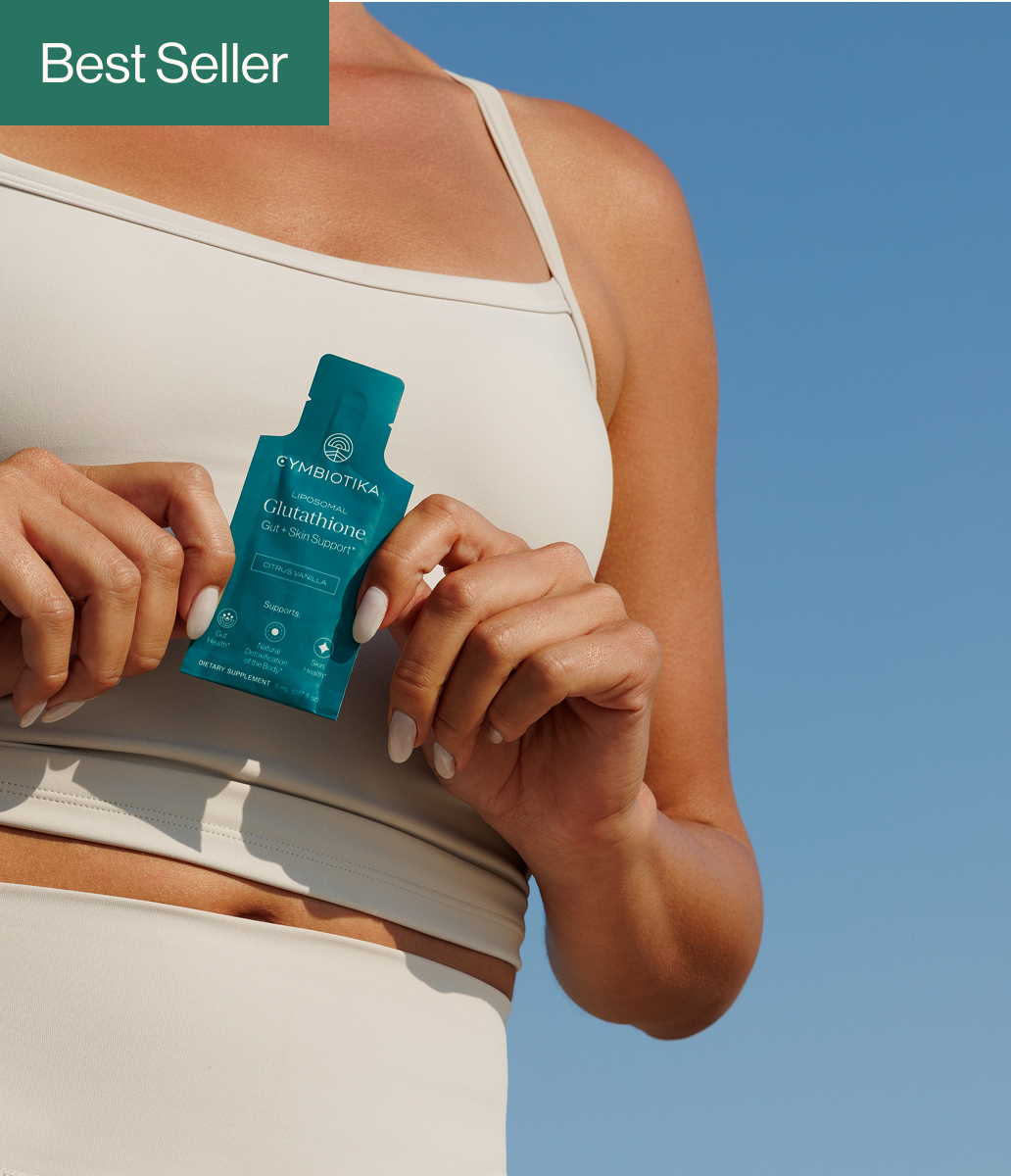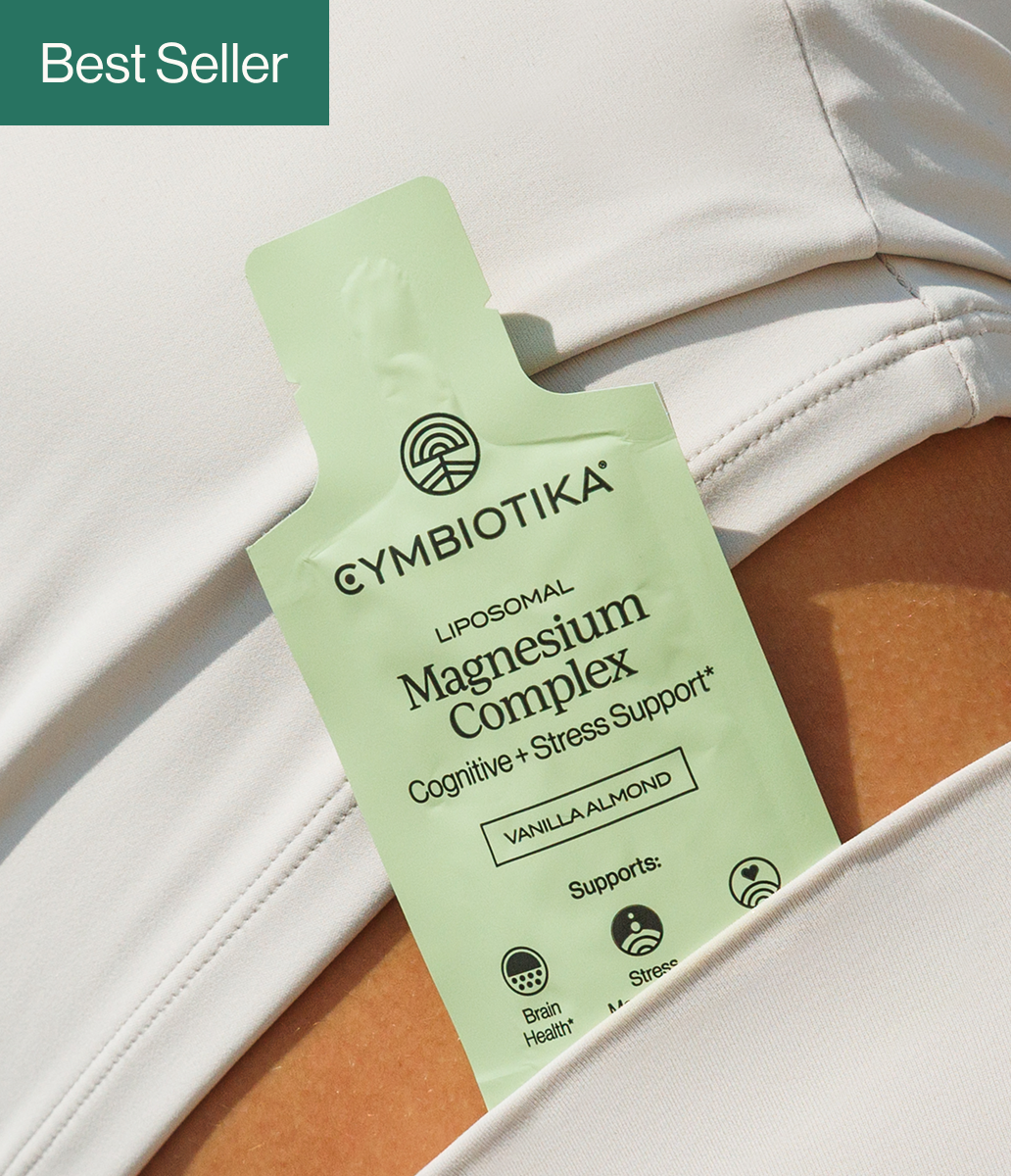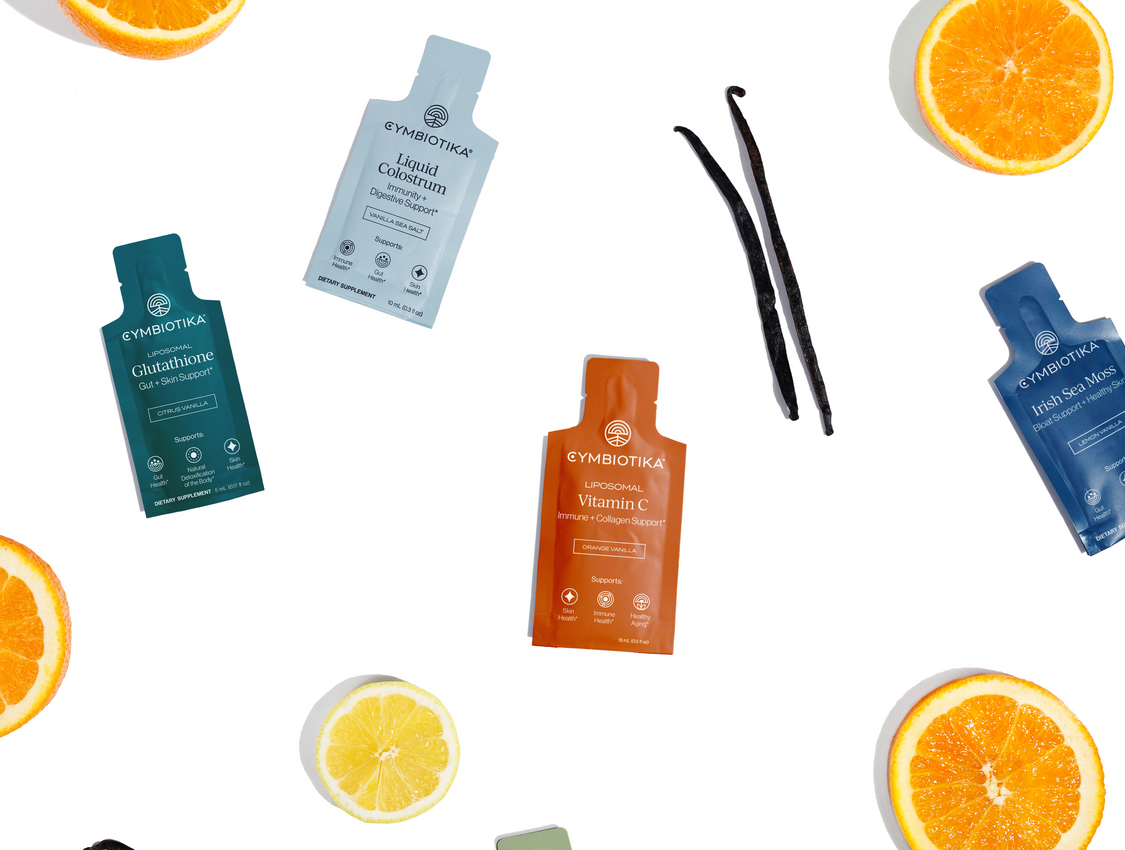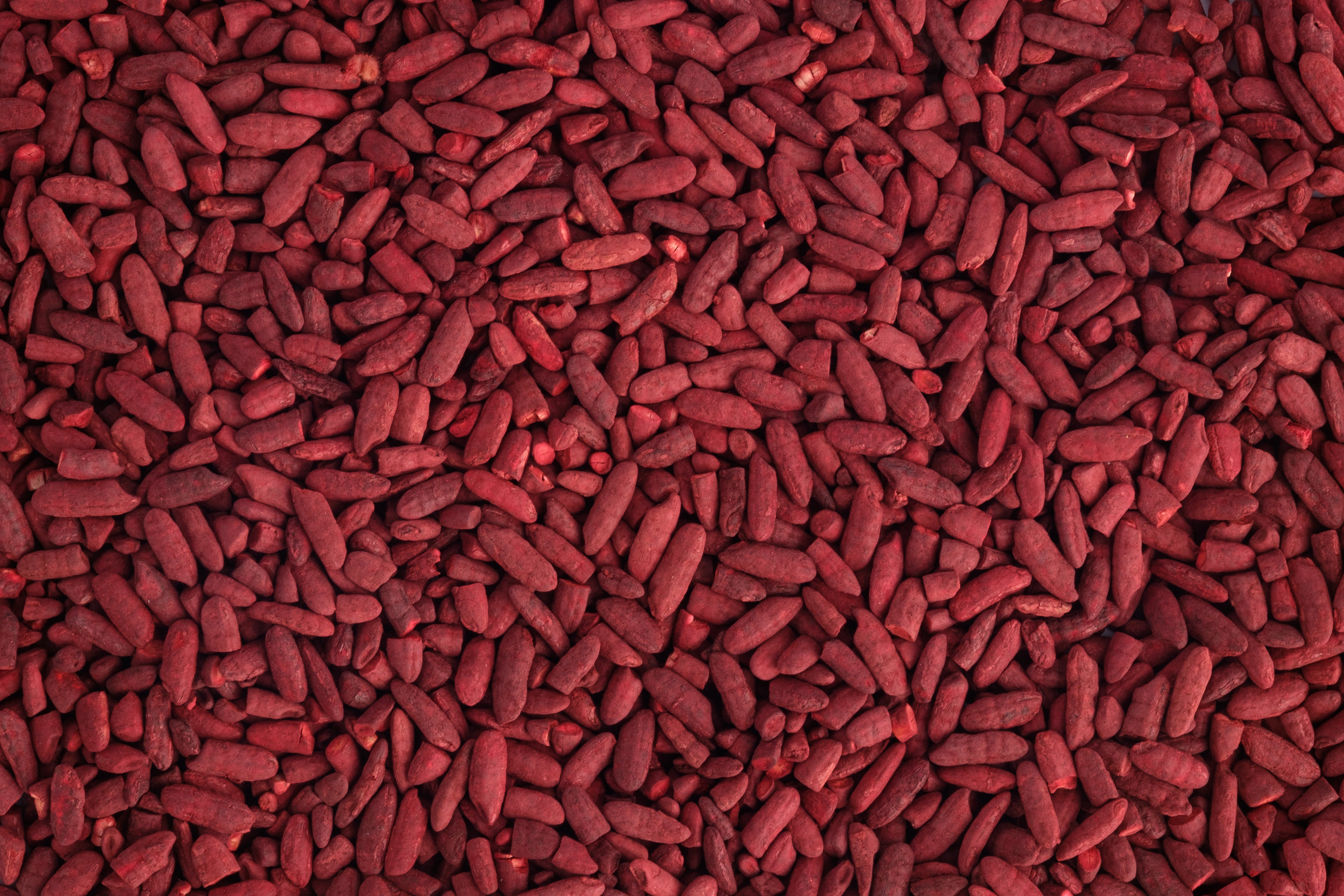
From arborio in creamy risottos to umami-packed poke bowls, rice has been a staple of global cuisines for as long as agriculture has existed.
But do you know what ancient rice strain has serious health-boosting benefits?
If you guessed red yeast rice, you’d be absolutely correct.
A brick-red fermented rice dating back to at least the third century BC in China, red yeast rice may improve digestive, vascular, and skin health. It may also help dramatically reduce cholesterol.
Let’s dive further into the history, benefits, and preparation of this all-important scarlet grain.
Koji, Kofun, and a History of Health
Understanding the history of this fermented rice means going back—way back—to China’s third century BC.1 This is when historical records first mentioned the technique of growing grains with mold—a food tradition the Japanese would later call “koji.”
By China’s Tang Dynasty (800 AD), Chinese herbalists were well-acquainted with the culinary and pharmacological powers of red yeast rice.
However, it wasn’t until the Japanese began growing red yeast rice that this cholesterol-crushing cereal gained prominence.
Red Yeast Rice: Poetic Beginnings, Modern Popularity
During Japan’s Kofun Period (300-538 AD), red yeast rice became a central ingredient in sake, soy sauce, and miso.
By the Edo Period (1603-1687), red yeast rice had fully captured the country’s gustatory and literary imagination. (Amazake, a nutritious drink made from koji, appears in many Japanese haiku)1
Today, red yeast rice is more popular than ever. It’s found in many drinks and dishes including:
- Peking duck
- Sake
- Pickled tofu
- Char siu
Because of its potential to help improve gut and metabolic health, red yeast rice can also be found in heart support supplements.
Answering “what is red yeast rice good for” means first understanding the chemical makeup of this important food.
The Chemical Makeup of Red Yeast Rice
The dietary benefits of red yeast rice stem from its fermenting mold: Monascus purpureus.2
Although people have been using Monascus purpureus as an additive and coloring agent for centuries, it wasn’t until the 1970s that the true benefits of this fantastic fungus were realized.
That’s because scientists discovered they could isolate the lactone metabolite lovastatin from Monascus monacolins—specifically monacolin K.
In short, monacolin K is the driving force behind red yeast rice’s success as a contemporary dietary supplement.
The All-Powerful Monacolin K
One of the most important compounds found in yeast species, monacolin K can reduce high cholesterol by limiting cholesterol synthesis.3
In addition to lowering blood cholesterol level, monacolin K can help prevent the following health risks:4
- Cancers such as prostate and colon cancer
- Heart disease
- Neurological disorders, especially Parkinson’s
- Acute myeloid leukemia
While some foods contain monacolin K, supplements that include organic red yeast extract are often the best sources of this essential compound.
Making Red Yeast Rice
Let's move on to red yeast rice preparation. Making red yeast rice involves a process as timeless as the food itself. In fact, modern methods of preparing the grain differ little from techniques employed during the Kofun Period.
Talk about classic comfort food.
To make this ancient dish from the comfort of your modern kitchen, take the following steps:
- Soak your rice of choice for 30-40 minutes
- Drain the rice water and add the rice to a cooking pan
- Add 1.5 cups of water, cover the pot, and let the rice simmer for 20 minutes
- Once the water has been absorbed, add 2 tablespoons of M. purpureus powder
- Let the rice ferment at room temperature for 3-6 days
Once your rice has been fully cultured by the Monascus purpureus microbes, you can start enjoying the cardiovascular and digestive benefits of this awesome food. You can also make another red yeast rice product with it.
Let’s take a deeper look at these benefits.
Red Yeast Rice Health Benefits
For centuries, cooks, herbalists, and doctors have known the health benefits associated with fermented foods.
However, scientists have only recently discovered why fermented foods, such as red yeast rice, play a big role in improving overall health.
The reason? Fermented foods contain metabolites and microbes capable of lowering lipids, reducing inflammation, and promoting good gut health.
Studies have shown that red yeast rice is a particularly beneficial fermented food because it can help in the following ways:5
1. May Lower Cholesterol
A clinical trial has shown that red yeast rice may dramatically reduce levels of cholesterol. That’s because the monacolins in red yeast rice can help prevent the production of an enzyme responsible for low-density lipoprotein cholesterol (LDL), also known as “bad” cholesterol.
Let’s take a closer look at the differences between “good” and “bad” cholesterol:6
While exercise and genes influence good and bad blood cholesterol levels, studies suggest a person’s diet also plays a major role. Nonetheless, it’s still important to do heart health exercises everyday.
In addition to limiting red meat, processed foods, and dairy products, increasing your intake of monacolin K could help keep your bad cholesterol at an ideal level, thereby improving heart health.
2. May Lower Blood Pressure
By helping remove bad cholesterol, the monacolins in red yeast rice perform another crucial function: lowering your blood pressure.
In short, one of the most common side effects of bad cholesterol is high blood pressure. This is because too much bad cholesterol can block your arteries, forcing your heart to work overtime to keep blood circulating throughout your body.
By helping to lower your blood pressure, red yeast rice may assist in preventing:
- Heart attack
- Strokes
- Aneurysms
- Vision loss
- Dementia
That said, while the monacolins in red yeast rice can help lower your blood pressure, it’s also important to exercise regularly and avoid harmful activities like smoking.
3. May Lower Blood Sugar
Aside from improving heart health, people suffering from type 2 diabetes may benefit from red yeast rice. That’s because some studies suggest that monacolins in red yeast rice can actually reduce blood sugar levels.
While the interactions between blood sugar and lipids can be complex, in short, a buildup of fatty lipids can send blood sugar levels soaring.
Monacolin K can reduce these harmful fatty lipids, lowering your blood sugar and raising your vascular health.
4. May Have Anti-Inflammatory Properties
Inflammation is one of the immune system’s responses to harmful agents entering the body.
While inflammation can be a normal part of the healing process, chronic inflammation can pose substantial health risks. These risks include:
- Alzheimer's disease
- Cancer
- Heart disease
- Type 2 diabetes
Some studies suggest that the monacolins in red yeast rice can help reduce chronic inflammation.7
5. May Fight Cancer Cells
Given the potential of red yeast rice to lower cholesterol, blood pressure, and inflammation, it should come as no surprise to learn that red yeast rice may also have anti-cancer properties.
While more studies need to be done to determine monacolin K’s role in preventing cancer cell growth in humans, early studies performed on rats appear to be promising.8
Monacolin K may be especially effective in preventing prostate tumor growth.8
How to Add Red Yeast Rice to Your Diet
Knowing what is red yeast rice is only half the battle. To receive the full benefits of this stupendous grain, you must also know how to incorporate it into your diet.
Paired with the best food for heart health, incorporating red yeast rice into your diet is an easy (and tasty) process. You can either prepare it as part of a meal or take a red yeast rice supplement.
We’ve covered both methods below.
As Part of a Meal
Given the abundance of delicious rice dishes, you should have little problem incorporating red yeast rice into your next meal.
To make red yeast rice the star of your next culinary show, simply prepare as directed above. Then, use the rice in one (or more) of the following dishes:
- Red yeast rice chicken tikka masala
- Red yeast rice and beans
- Red yeast jambalaya
- Red yeast rice poke bowl
You can even add red yeast rice to your morning smoothies.
As a Supplement
In recent years, many companies have introduced supplements that contain red yeast rice extract.
However, the best supplements contain additional ingredients which may also improve cholesterol levels, cardiovascular functioning, and circulation. These ingredients include:
- Organic cold-pressed sunflower oil
- Organic sprouted almond butter
- Organic vitamin E
- Organic maple extract
If you don’t have time to prepare red yeast rice as part of a meal, taking red yeast extract as part of a supplement could provide you with the monacolins you need to achieve your health goals.
Help Balance Your Cholesterol With Cymbiotika
For more than 2,000 years, red yeast rice has delighted chefs and doctors alike. Not only can red yeast rice taste phenomenal, but it can also improve your overall health.
While you could head to Japan to stock up on this magnificent mold, why not look to Cymbiotika for the best CoQ10 plus red yeast rice supplement on the market?
Cymbiotika’s Heart Health pouches are loaded with sustainable, eco-friendly ingredients designed to help balance your cholesterol, lower your body fat, and support your cardiovascular health.
With Cymbiotika, you can enjoy the best in traditional Eastern medicine and innovative science—right in your kitchen.
Sources:
- Marukome. History of koji. https://www.marukome.co.jp/global/en/foodculture/aboutkoji/historyofkoji/
- ScienceDirect. Red Yeast Rice. https://www.sciencedirect.com/topics/agricultural-and-biological-sciences/red-yeast-rice
- ScienceDirect. Monacolins. https://www.sciencedirect.com/topics/agricultural-and-biological-sciences/monacolins
- NIH. An overview of the bioactivity of monacolin K / lovastatin. https://pubmed.ncbi.nlm.nih.gov/31207306/
- Nourish By WebMD. Health Benefits of Red Yeast Rice. https://www.webmd.com/diet/health-benefits-red-yeast-rice#1
- Healthline. What’s the Difference Between HDL and LDL Cholesterol? https://www.healthline.com/health/hdl-vs-ldl-cholesterol
- NIH. Red yeast rice repairs kidney damage and reduces inflammatory transcription factors in rat models of hyperlipidemia. https://www.ncbi.nlm.nih.gov/pmc/articles/PMC4217782
- NIH. Chinese Red Yeast Rice Inhibition of Prostate Tumor Growth in SCID mice. https://www.ncbi.nlm.nih.gov/pmc/articles/PMC3384743/


